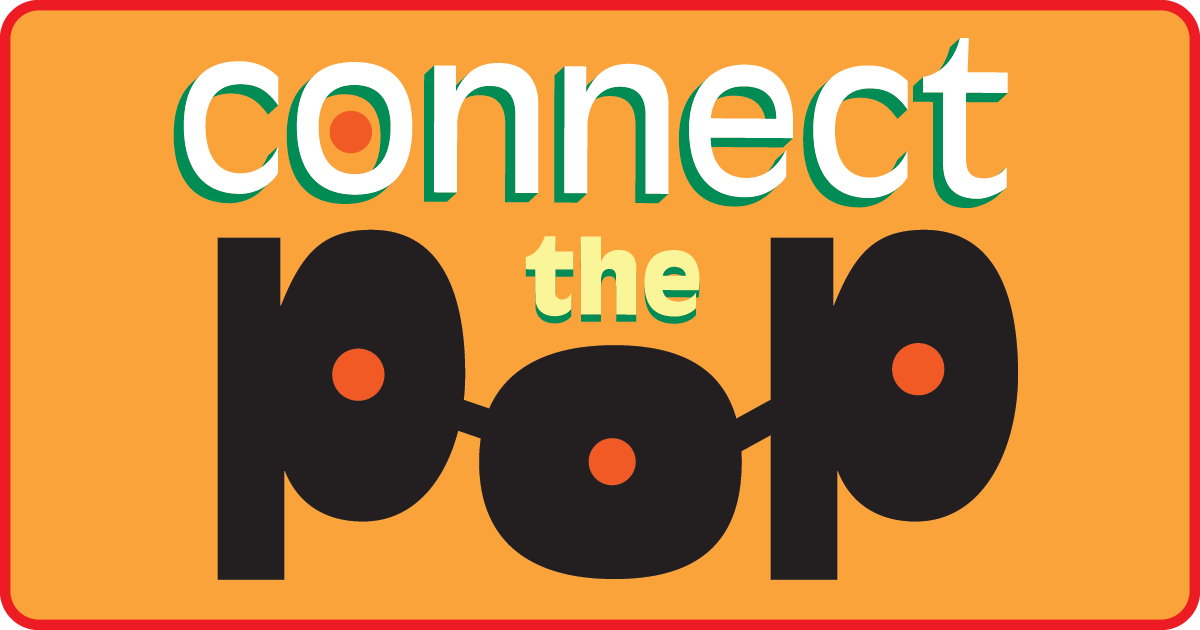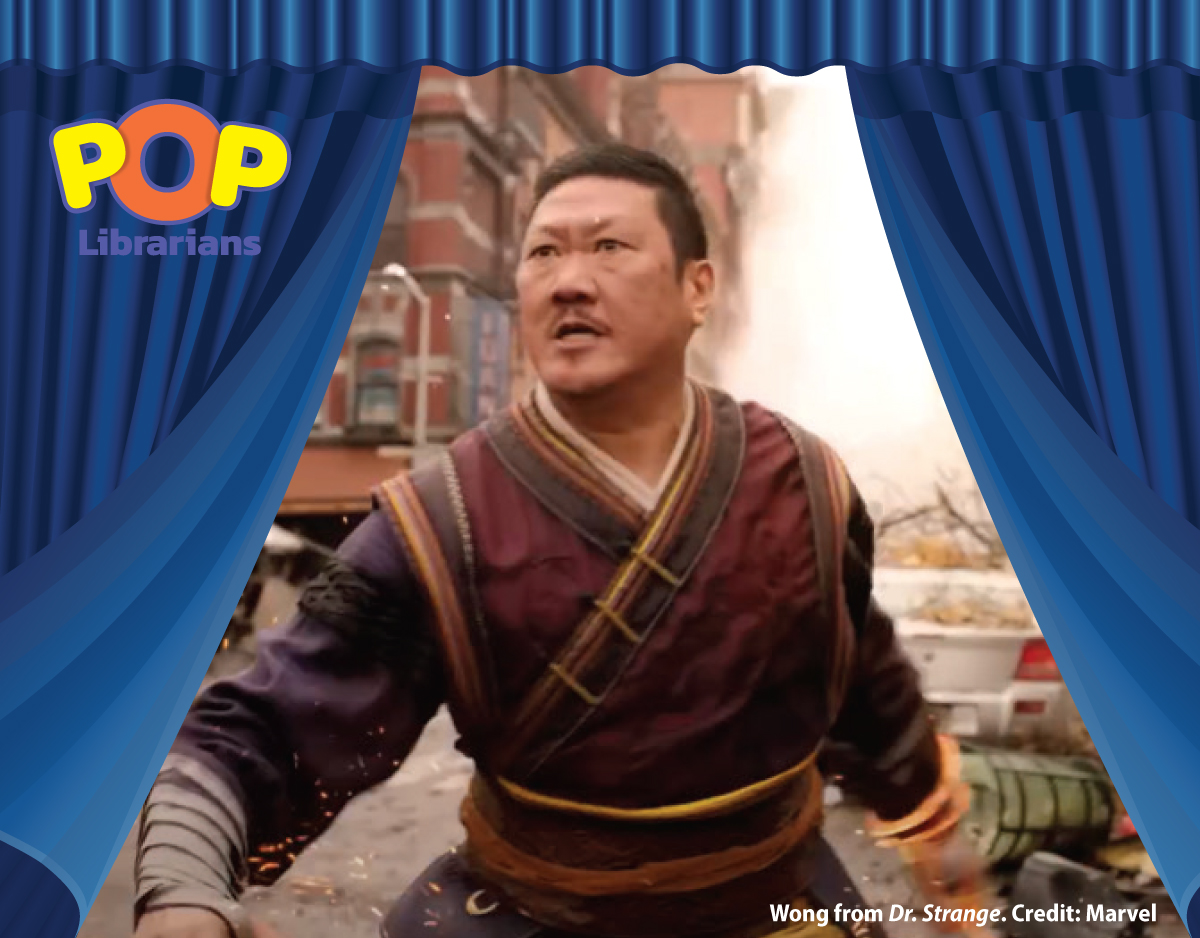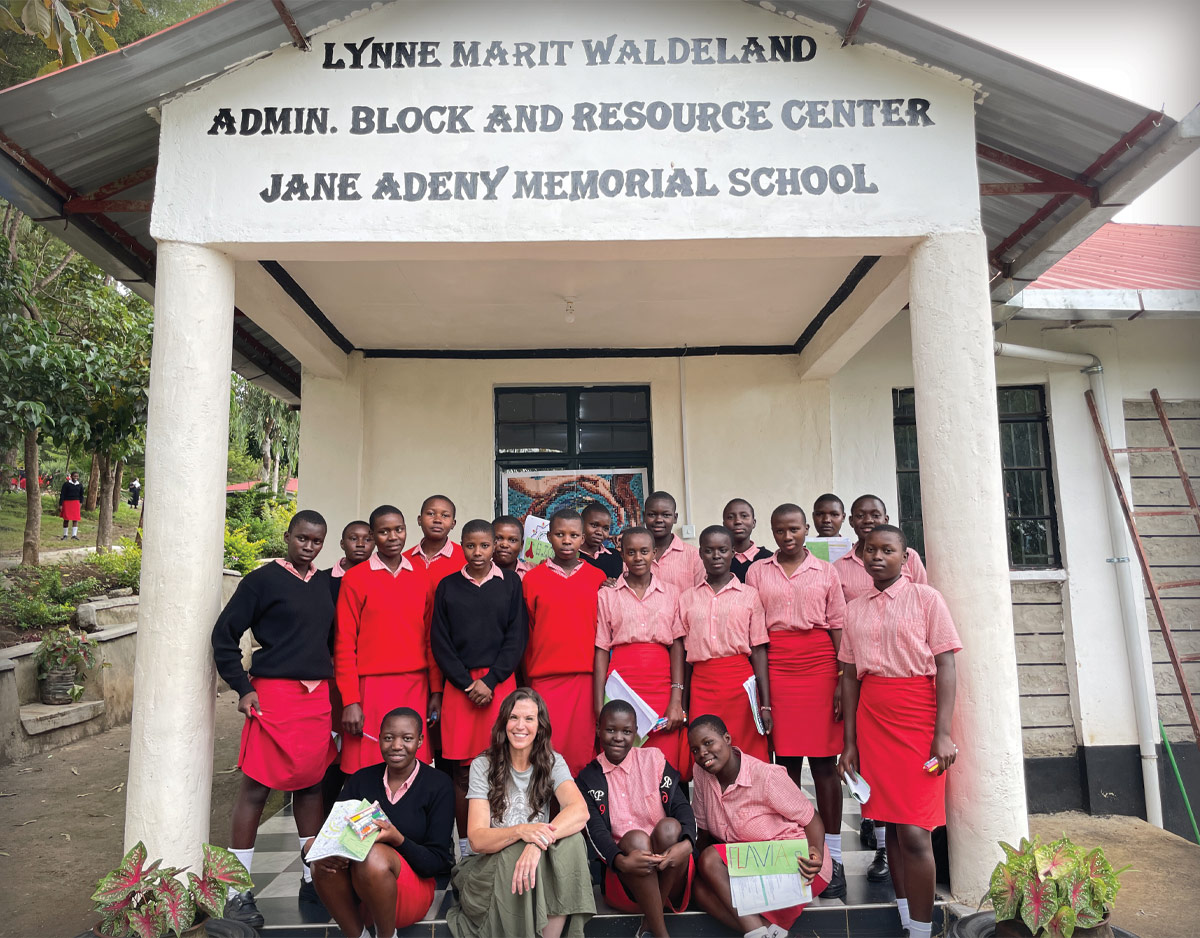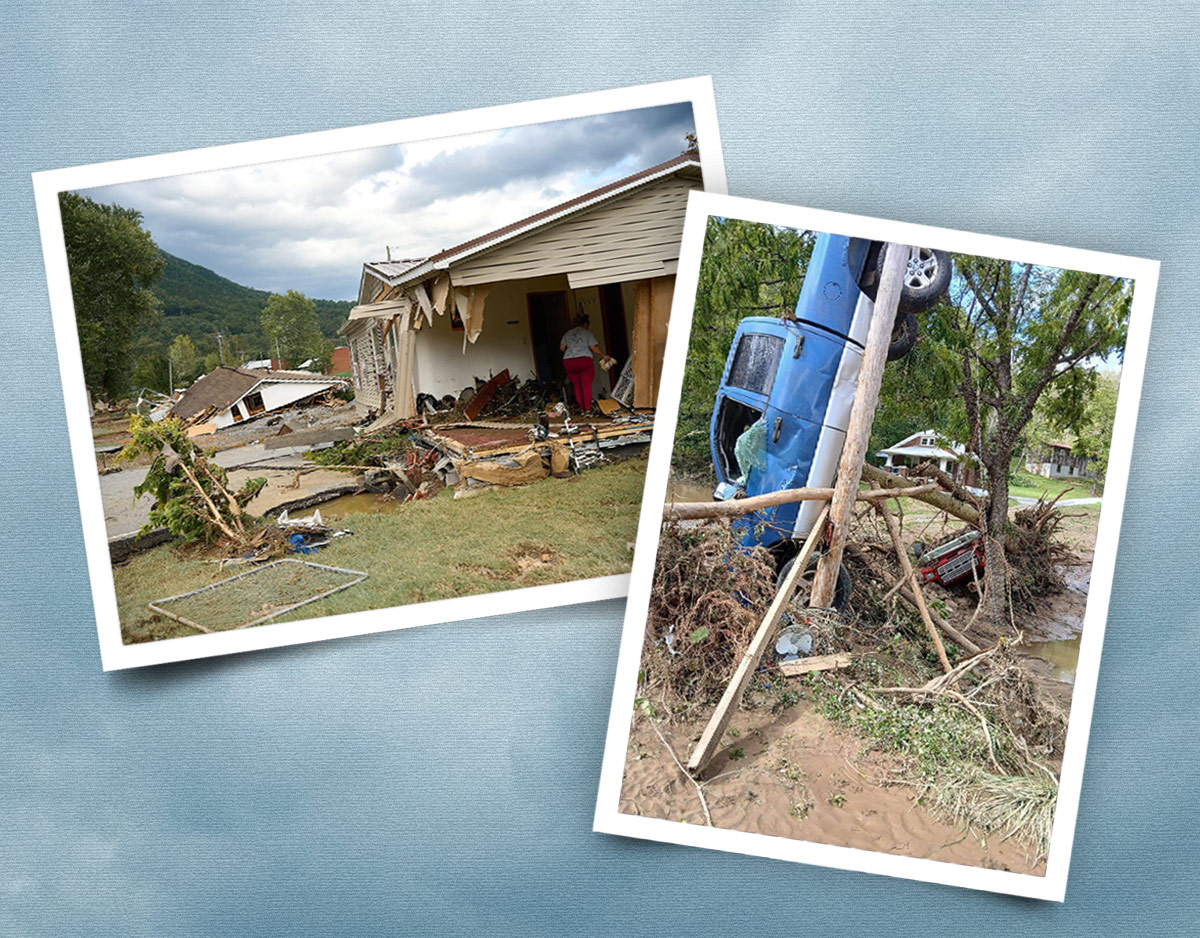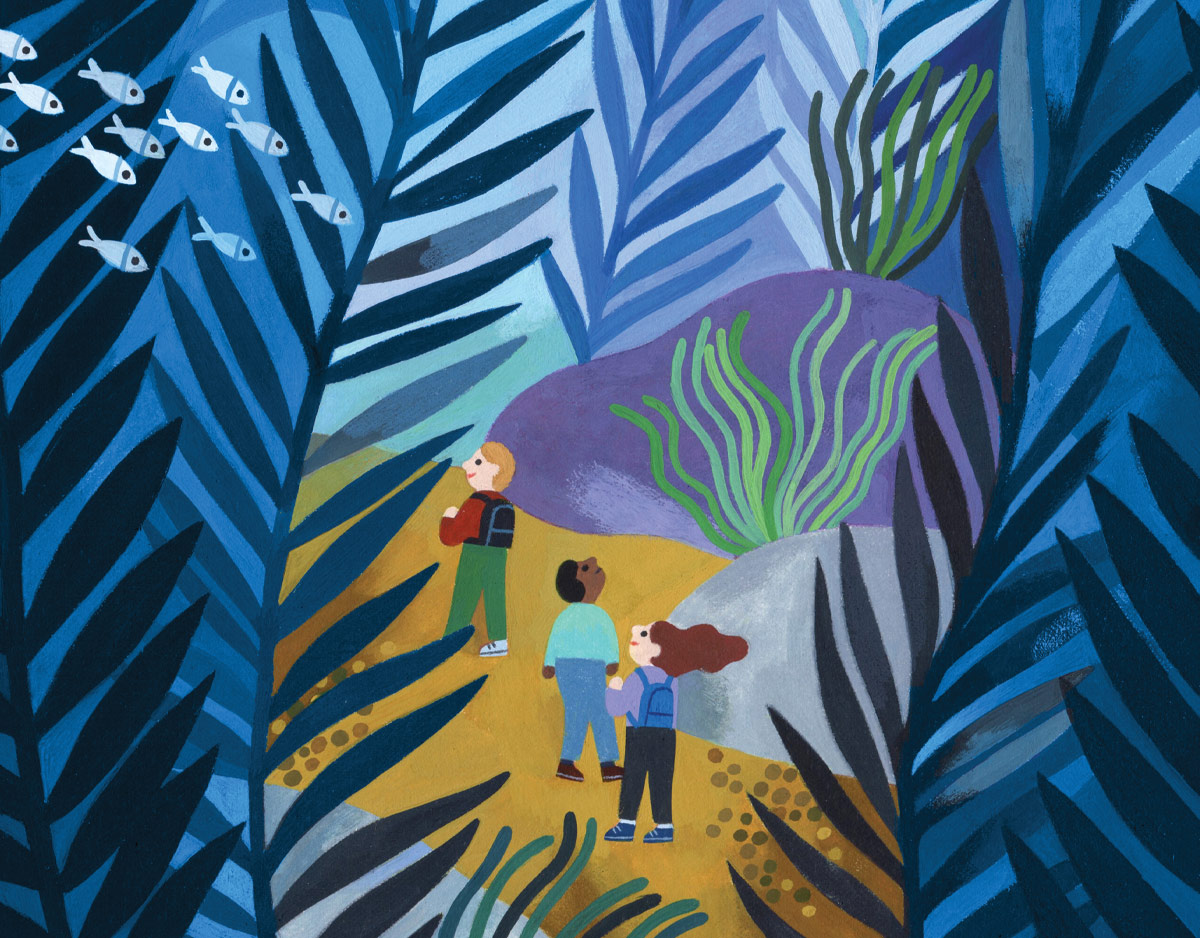SCROLL DOWN TO READ THE POST
Transmedia in Schools and Libraries: Thoughts and Strategies from Tyler Weaver
 In the first part of my conversation with Tyler Weaver we discussed the many benefits of teaching with, and making, comics as well as the role of the school librarian when it comes to transmedia… here we get a bit more specific in terms of the issues involved.
In the first part of my conversation with Tyler Weaver we discussed the many benefits of teaching with, and making, comics as well as the role of the school librarian when it comes to transmedia… here we get a bit more specific in terms of the issues involved.
***
You cite the value of story fragmentation in encouraging audience interaction–both among audience members and between audience and creators. Seems, then, that a school library “transmedia circle” tackling individual projects over a period of time would be the perfect mini-community for transmedia. With each installment, kids could get feedback from each other as well as the librarian and adjust things in response to their “audience.” Thoughts?
ADVERTISEMENT
ADVERTISEMENT
Sounds great to me! Any chance to get kids talking and thinking critically about the combinatorial aspects and potential of storytelling is one that should be taken.
Well, regarding critical thinking, how do you see the current cultural climate around video games repeating the stigmatization of comics back in the 1950’s? Specifically, how might teachers or librarians help young people who want to develop game components for their transmedia properties when some of the key, or exemplar, franchises in this respect–you do a great job discussing Halo in this context–might also be perceived as being “too violent”? Is it better to stay clear of the medium and deliver the implicit message, “Great–you want to do that, fine, just give it another couple of years, until you’re college-aged. Let’s focus on comics and video for now.”
In The Art of Immersion, Frank Rose quotes Janet Murray as saying that “every new medium that has been invented, from print to film to television, has increased the transporting power of narrative. And every new medium has aroused fear and hostility as a result.”
Like you said, comics had its “angry villagers with pitchforks and torches” moment in the 50s (with some artists saying that “if you said you drew comic books, it was like saying you were a child molester”) thanks to Wertham and like-minded pitch-forkers. Today, video games are facing the same peril. But, historically speaking, it’s not just comics and video games that have been the focus of the angry mob. Critics in the 1830s essentially said readers of novels and serialized fiction should be out socializing or playing games, not escaping into an immersive world of fiction. Dickens was an especially popular target of their ire. “It must be attended with bad consequences,” they said. Frank Rose writes about the Dickensian controversies brilliantly in The Art of Immersion, which I wholeheartedly recommend.
The problem we face today–thanks in large part to that “not with a ten-foot pole, but we’ll scream about it in broad generalizations from 11 feet” mentality–is that too many kids today aren’t emotionally or developmentally equipped to bring the blurring of reality and fiction into focus. I’m lucky. My family experience growing up was brilliant. I was taught and exposed to the difference between fiction and reality responsibly and without any self-consciousness by a dedicated and intelligent family. But, let’s be honest. My first experience with video games was a pixelated plumber stomping on turtles, eating mushrooms, and dodging fire-breathing dragons. I can’t imagine being a kid today and having Call of Duty as my first gaming experience.
As far as students developing their own games in school projects, I completely understand and agree with saying to a kid, “Okay, maybe you shouldn’t make something so violent.” My issue is that when that statement is used as an excuse it labels an entire storytelling medium, one with tremendous educational and social benefits, as the medium of violence and ne’er-do-wells. How could the question be used to focus on the particular story the student wants to tell? What if we went one step further and asked this hypothetical kid, “Okay, instead of using a rocket launcher to blast zombies to bits, what else can we pull out of it? What’s another way to tell this story with a medium you love?” It’s the idea that profanity is the last refuge of the moronic. How can you tell a story in a game and have it be school-appropriate, while simultaneously making the student think about the implications of what they enjoy playing? Make it a creative challenge.
I understand the resistance to this idea from the perspective of educators. My mother was a teacher for 30 years, my grandfather was a professor, and my girlfriend is a teacher (I’m sure there’s a book in there for the enterprising Freudian). Teachers are already burdened with enough regulations and micro-management that to add a whole new medium to their educational toolbox is just another requirement in an ever-growing list of over-the-top bureaucratic busywork.
What I advocate is NOT making video games part of the curriculum, but rather being open to them as a creative option for narrative exploration should the student wish to do so. The only barrier to working with games in education should be the technology available to the school, not broad generalizations about violence to the detriment and dismissal of an entire medium. The technological barrier is a very real one, especially with the ever-growing cuts in education budgets across the country. There are free tools that can be used to create games and interactive stories–maybe not like the four-to-the-floor craziness of an XBox or Playstation, but games nonetheless. Tools like Twine allow you to build text-based games, an Internet version of those awesome “Choose Your Own Adventure” books. It could provide a unique and stimulating educational experience, especially with students who are already engaged with gaming.
Finally, a very practical question. If you were a librarian, media specialist, or a classroom teacher who wanted to introduce transmedia through an in-depth study of a particular storyworld, which would you choose for eleven-year-olds? What about fifteen- or sixteen-year-olds? And why?
For any age group, I would recommend a look at the dawn of Marvel’s Universe in the 1960s. 1961 through 1970 or so, encompassing every single bit of comics–Fantastic Four, Amazing Spider-Man, Avengers, Iron Man–you can get your hands on. This is the most perfect encapsulation of a shared storyworld out there, an alternate reality layer of superheroes facing “real world problems” placed over “our” New York City. The Marvel Universe, in all its iterations, but especially the 1960s, is a brilliant example of what Henry Jenkins terms “radical intertextuality,” movement of texts, stories and characters across the same medium in a shared storyworld. Transmedia storytelling takes this concept and applies it across multiple media.
From there, I would continue to use Marvel’s evolution through the seventies as a guiding beacon of being overseers of a singular vision: there were eight editors-in-chief at Marvel in the 1970s, and all of them said they were continuing Stan’s vision. I would look at things like Roy Thomas’ Kree-Skrull War which brought all of Marvel’s continuity–everything–into canon. How did they do that? Where did they go wrong? How has the Marvel Universe evolved since then?
ADVERTISEMENT
ADVERTISEMENT
Away from comics, I would encourage the creation of fan fiction in the classroom based on popular stories that are either part of the curriculum or chosen by the teacher, like Suzanne Collins’ The Hunger Games. Use the books to clearly define the world, then set boundaries and guidelines for the students in their own universe-creation. It would allow students to improve their writing and explore a sandbox that they love. Fan fiction is not only the greatest form of flattery out there, but a brilliant educational tool.
This method of thoughtful education through creation can be applied to any age group, at any level. For the near-graduating seniors, I’d let them create their own storyworld, or expand a novel into a storyworld as a means of instruction. It can be their final book report on Dr. Zhivago for all I care, but encourage them to build worlds. It will help them immensely in their own lives, open them up to other cultures and bring learning through creative exploration into their toolbox of life.
All of these suggestions have a single through-line: the best way to understand something is to create something. Teach that lesson throughout a student’s educational years, and they’ll be golden.
###
 TYLER WEAVER is a writer of stories in (and across) books, comics, radio, and film. He is the author of COMICS FOR FILM, GAMES AND ANIMATION: USING COMICS TO CONSTRUCT YOUR TRANSMEDIA STORYWORLD and the writer/co-creator of WHIZ!BAM!POW!, a story experience of family, forgery, death rays, secret codes, laundry chutes, and the Golden Age of Comics. You can find him on Twitter under the creative handle of @tylerweaver.
TYLER WEAVER is a writer of stories in (and across) books, comics, radio, and film. He is the author of COMICS FOR FILM, GAMES AND ANIMATION: USING COMICS TO CONSTRUCT YOUR TRANSMEDIA STORYWORLD and the writer/co-creator of WHIZ!BAM!POW!, a story experience of family, forgery, death rays, secret codes, laundry chutes, and the Golden Age of Comics. You can find him on Twitter under the creative handle of @tylerweaver.
Filed under: Comics, Fandom, Media Literacy, New Media, Transliteracy
About Peter Gutierrez
A former middle school teacher, Peter Gutierrez has spent the past 20 years developing curriculum as well as working in, and writing about, various branches of pop culture. You can sample way too many of his thoughts about media and media literacy via Twitter: @Peter_Gutierrez
ADVERTISEMENT
SLJ Blog Network
Our 2025 Mock Caldecott Program
And, Too, the Fox: A Cover Reveal and Conversation with US Poet Laureate, Ada Limón
The Girl in the Midnight Gown | This Week’s Comics
Where are the covertly toxic families in children’s books? A guest post by author Christina Wyman
The Classroom Bookshelf is Moving
Gayle Forman Visits The Yarn!
ADVERTISEMENT
ADVERTISEMENT

